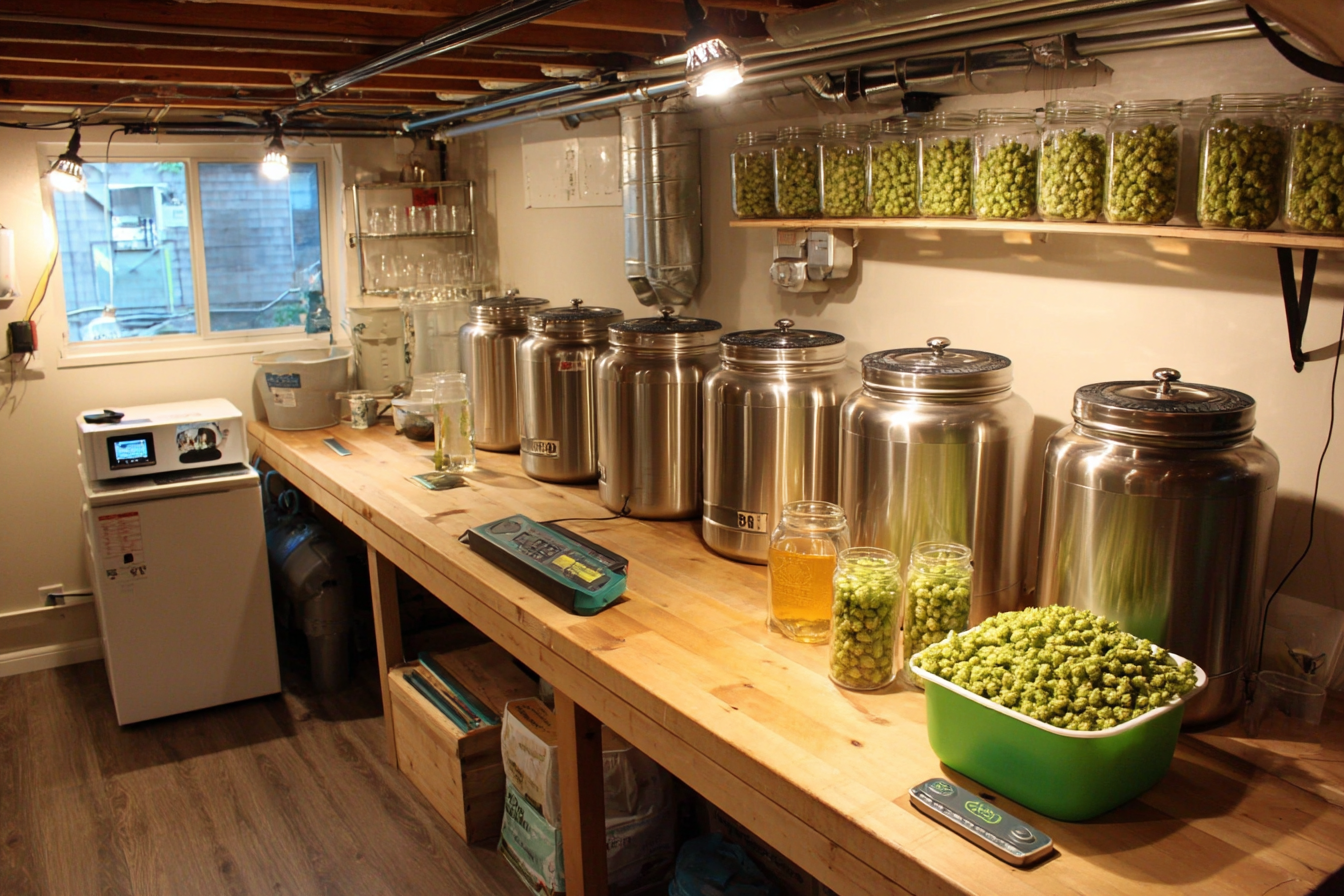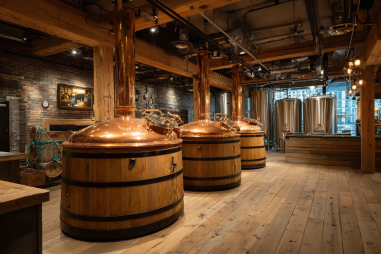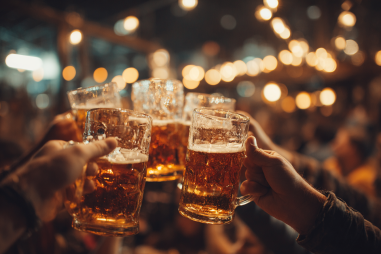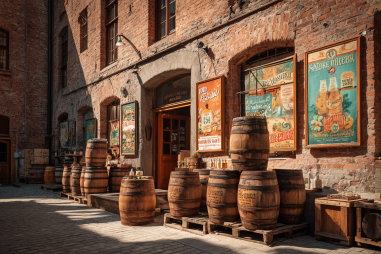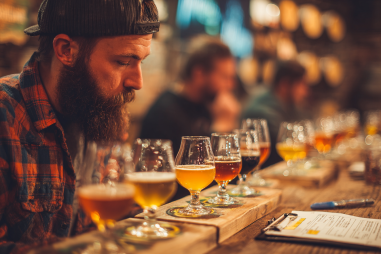Brewing a Session IPA is a fantastic way for homebrewers to enjoy the bold flavors of an IPA without the heaviness and high alcohol content that can sometimes overwhelm the palate. Session IPAs are all about balance: delivering hop-forward aroma and taste, maintaining drinkability, and keeping alcohol levels moderate. Whether you’re a beginner looking to experiment or an experienced brewer seeking to refine your recipe, these tips will help you craft a refreshing and flavorful Session IPA that stands out.
Understanding Session IPA Fundamentals
Before diving into the brewing process, it’s important to understand what defines a Session IPA. Traditionally, Session IPAs have an alcohol by volume (ABV) between 3% and 5%, making them significantly lighter than standard IPAs, which often exceed 6-7% ABV. The goal is to create a beer that can be enjoyed over an extended “session” without the fullness or harshness associated with higher alcohol content.
Despite the lower alcohol, Session IPAs still emphasize hop character. This means the beer should feature a bright, citrusy, floral, or piney hop aroma and a balanced bitterness that complements the malt backbone without overpowering it. Think of it as capturing the essence of an IPA but in a more restrained and approachable format.
Choosing the Right Hops for Intensity and Aroma
Hop selection is one of the most critical factors in brewing a great Session IPA. Since the beer relies heavily on hop flavor and aroma, choosing hops that provide intensity without bitterness overload is key. Popular hop varieties for Session IPAs include Citra, Mosaic, Amarillo, Simcoe, and Centennial — these deliver vibrant citrus, tropical fruit, and floral notes that enhance the drinking experience.
Consider layering hops through multiple additions during the boil and especially during dry hopping. Late boil additions (last 10 minutes) and whirlpool hops add aroma and flavor without driving up bitterness. Dry hopping after fermentation can amplify hop aroma dramatically, which is essential for the hop-forward character of a Session IPA.
Balancing Malt and Bitterness
While hops get much of the attention, malt balance is equally important in a Session IPA. Using a simple malt bill with a light to medium body supports drinkability and complements the hops rather than competing with them. Pale malt is often the base, with small amounts of specialty malts like Carapils or Carafoam added for body and a touch of sweetness to round out the bitterness.
Bitterness should be present enough to balance the malt sweetness but not so aggressive that it overwhelms the palate. Aim for a moderate International Bitterness Units (IBU) range around 30-45, depending on your hop intensity and malt profile. This balance keeps the beer crisp and refreshing.
Managing Fermentation Temperatures
Fermentation temperature control is vital for producing a clean and balanced Session IPA. Lower to moderate fermentation temperatures (typically between 65°F and 70°F or 18°C to 21°C) help prevent the production of unwanted esters and fusel alcohols that can clash with delicate hop flavors.
Using a clean, neutral yeast strain such as American Ale yeast (e.g., Wyeast 1056 or Safale US-05) is common. These yeast strains ferment well at moderate temperatures and allow hop characteristics to shine without adding extra phenolic or fruity notes.
Keeping fermentation stable and trouble-free also helps maintain clarity and prevents off-flavors, contributing to the overall pleasing profile of the beer.
Adjusting Alcohol Content Without Sacrificing Flavor
Lowering alcohol content can sometimes make a beer taste thin or watery if not done carefully. To avoid this, focus on maintaining good mouthfeel and flavor intensity. Techniques include:
- Using dextrin malts that add body without increasing fermentable sugars;
- Employing yeast strains with moderate attenuation, so some residual sweetness remains;
- Adding adjuncts like oats or wheat to improve mouthfeel and head retention;
- Increasing late hop additions and dry hopping to boost aroma without adding bitterness;
- Keeping the grain bill designed for drinkability rather than alcohol strength.
By balancing these factors, homebrewers can create a beer that feels satisfying, despite a modest ABV.
Common Pitfalls and How to Avoid Them
Homebrewing Session IPAs can come with a few challenges, but with preparation, you can avoid common mistakes:
- Over-bittering: Resist the temptation to load on too many bittering hops up front. This can create an unpleasantly harsh beer. Focus on flavor and aroma hop additions instead.
- Thin Body: Going too light on malt will leave your beer thin and insubstantial. Include some specialty malts or adjuncts for better mouthfeel.
- Off-flavors: Poor temperature control or stressed yeast can lead to undesirable flavors. Maintain consistent fermentation temperatures and pitch a healthy yeast starter.
- Hop Creep: Adding high amounts of dry hopping before fermentation is fully complete can cause unintended sugar conversion and re-fermentation in the bottle. Make sure fermentation is finished before dry hopping.
- Packaging mishaps: Improper carbonation can ruin the drinking experience. Pay attention to priming sugar amounts and store conditions.
Tips for Carbonation and Packaging
Proper carbonation enhances the refreshing quality of a Session IPA. You want a lively but not aggressive carbonation level. Aim for about 2.2 to 2.7 volumes of CO2, which helps lift hop aromas and balances mouthfeel.
Whether bottling or kegging, ensure you sanitize everything thoroughly and monitor your priming sugar carefully to avoid over- or under-carbonation. Cold crashing your beer prior to packaging can help reduce sediment and improve clarity, making your Session IPA look as inviting as it tastes.
Packaging in clear or lightly tinted glass bottles or cans also showcases the beer’s beautiful color and encourages fresh consumption, which is ideal for hop-forward styles.
Making Your Session IPAs Shine
With these brewing tips in hand, you’re well on your way to creating a fantastic Session IPA that balances hop-forward flavors with drinkable moderation. Remember to focus on hop selection and timing, malt balance, fermentation control, and mindful packaging. Experiment with different hop combinations and malt profiles as you refine your recipe, and don’t be afraid to try new techniques.
A well-crafted Session IPA offers all the excitement of an IPA without the heaviness, making it perfect for long afternoons, social gatherings, or whenever you want something refreshing and flavorful. Happy brewing!

